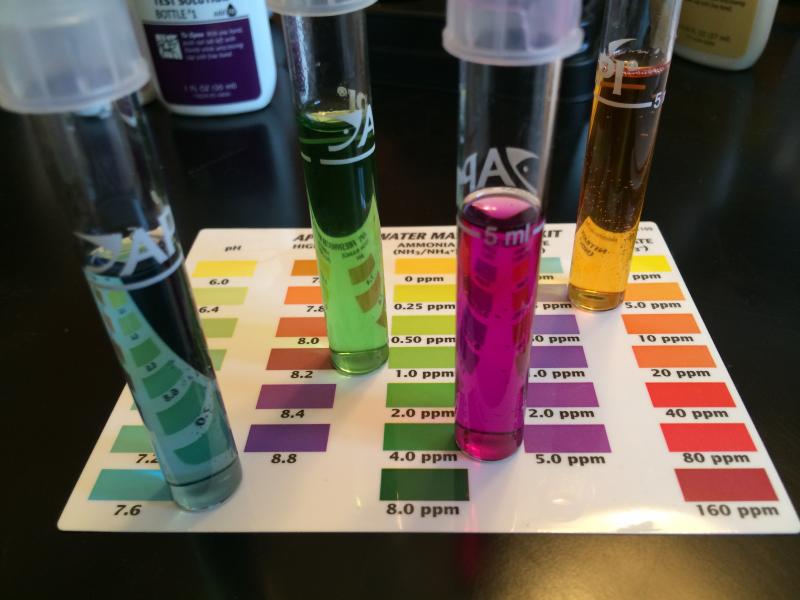Right direction it looks to me. If you do a fish less cycle, you truly do not have to dechlorinate water. It will gas out all by itself in a day or two. Even chloramines will gas out, though it takes a week or longer. Once fish come into the picture, then you use Prime or something similar, for safety. Small amounts of water don't really need treatment, but it never hurts to make it a habit to treat. Better safe than sorry, IMHO.
Water changes tend to prolong cycling in the early stages, but once you are getting nitrates, WC is the only way to reduce them. Plants will both speed up a cycle and use up some nitrates, (even some ammonia and nitrites, plants are not too fussy ) but beyond a certain point with nitrates , a WC is the main means to control their levels.
Btw, the vast majority of the bacteria you need to cultivate for filtration purposes survive only with a solid surface to cling to, in the presence of a lot of,oxygen and food, which is ammonia. Filters provide ideal living conditions for nitrifying bacteria, whether it is on foam, ceramics, floss, whatever.
Removing water alone doesn't remove many nitrifying bacteria, but big water changes will slow the overall progress before you start getting nitrite and nitrate readings. If you don't use 'seed' material, the original bacteria do have to enter your system via air to water to start with.
I have often wondered if some slower cycles are slow because the air where the tank happens to be located has very few nitrifying bacteria in it.
Whether or not my little theory is true, big water changes during this waiting time don't help.



